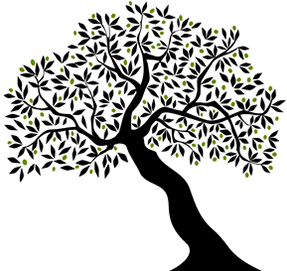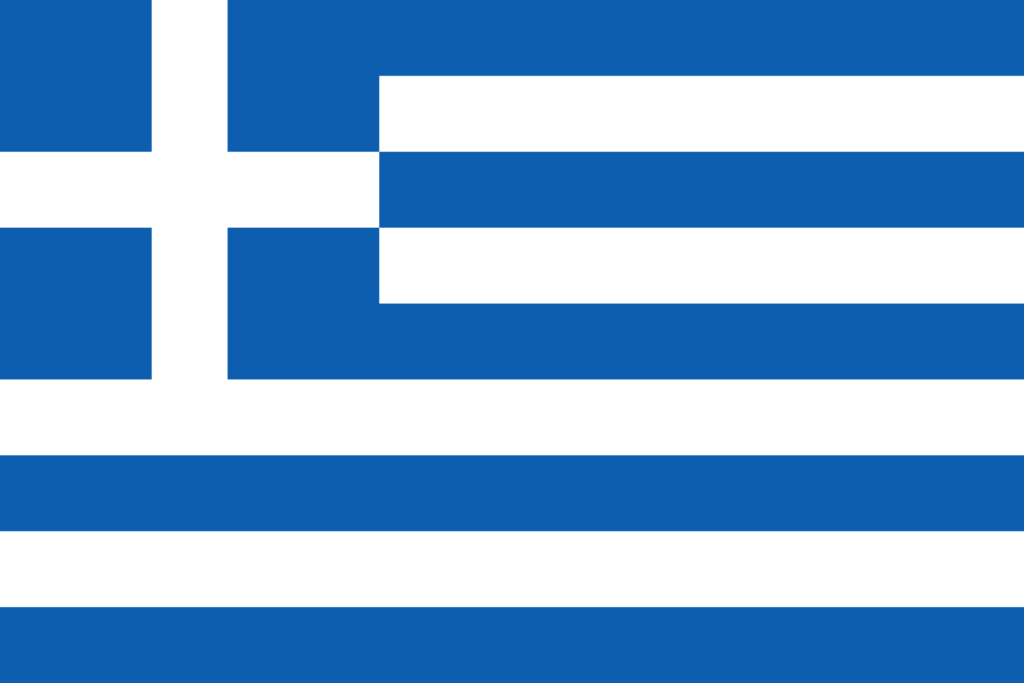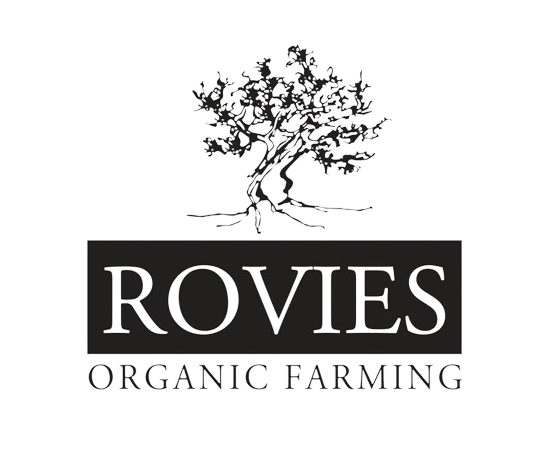Our Olive
Olive. A sacred tree for the Greek people. With centuries-old history and priceless value, as all parts of the olive tree and fruit are useful and necessary for human existence. Nothing is wasted.
Wood is an excellent fuel but also suitable, with its beautiful curved lines, for the construction of furniture and other useful objects.

The fruit is an excellent food, just like the olive oil, which has healing properties that Hippocrates recognized as they are recognized worldwide today.
Olive oil is also used for lighting and by extension in many religious rituals, such as -even today- in Baptism.
The leaves are animal feed as well as a medicinal herb.
The solid by-product from olive-oil mills, the olive – pomace, is also an excellent fuel but it is also used in olive-pomace oil mills, to extract the kernel oil, suitable for frying.
Even the waste liquids from the processing of olives and oil find recognition and are used in modern pharmacology.
Olive cultivation in Rovies
The annual cycle of olive cultivation is perpetual. It starts with the pruning of the trees, in Spring and ends with the collection of the ripe fruits, in Autumn and Winter.
Pruning is mainly done on mature trees and has a variety of objectives : to renew the fruiting surface of the tree, to maintain the growth of the fruiting shoots, to limit the size of the trees, to facilitate the penetration of light and the circulation of air inside the tree, to ensure better control of pests and diseases etc.
Fertilizing is mainly done with manure and vegetable fertilizers after carrying out soil and leaf analyzes in order to determine the type and quantity of organic fertilizers that are needed.
Pests are traditionally controlled in Rovies using environmentally friendly techniques and methods. The population of the Dakus fly is systematically monitored and recorded in order to timely post the baited traps to deal with it.
The entire olive grove is mainly irrigated by micro-sprinklers, one for each tree. The water comes from the river Geranias and many deep wells.
Ground vegetation is cleared by mechanical means and never by herbicides.
The collection of ripe fruits for table use is done only by hand. It starts from the beginning of September, with the collection of green olives and continues until the middle of October. From the middle of October, the collection of the blonde olives begins, while from the beginning of November, the collection of the black olives begins and is completed until the Spring.
And the cycle continues….

